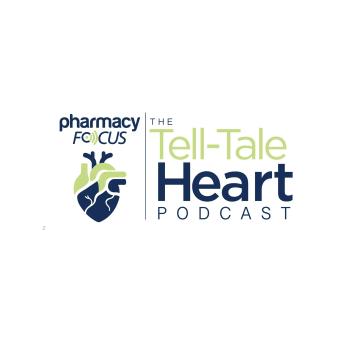
Concomitant Treatment With Gabapentin Increases Risk of Opioid Overdose
Gabapentin and opioids are often prescribed together to treat chronic pain and both have shown a potentially fatal risk of breathing suppression.
Patients that receive prescription
The overall findings showed a 49% higher risk of dying from an opioid overdose when using concomitant gabapentin at any dose rate.
Led by Tara Gomes (pictured), PhD, MHSc, of the Li Ka Shing Knowledge Institute at St. Michael’s Hospital in Toronto, the study examined 1256 cases of opioid-related deaths in Ontario from August 1, 1997, to December 31, 2013, utilizing administrative databases. Investigators also identified 4619 controls that also used opioids and matched on age, sex, year of index date, and other factors.
"Our findings are important because we’re increasingly seeing patients prescribed multiple medications to treat their pain, including both opioids and alternatives such as gabapentin," Gomes told MD Magazine. "The potential for the co-prescription of these drugs to increase the risk of opioid-related death is key for clinicians to understand so that they can adjust doses of these drugs appropriately to reduce their patient’s risk of experiencing an overdose."
The 2 drugs are often prescribed together to treat chronic pain, and both have shown a potentially fatal risk of breathing suppression. According to study data, in 2013, 46% of gabapentin users (45,173 of 98,288) were prescribed at least 1 concomitant opioid prescription.
Opioids have been a topic of controversy for some time now, and the US Food and Drug Administration (FDA) has already taken steps to address what has been described as an
"The fact that we found the mortality was going up half a percent per month is pretty troubling," Jennifer Stevens, MD, associate director of the Beth Israel Deaconess Medical Center ICU and an assistant professor at Harvard Medical School, an author of the ICU study, said. "The biggest story here is that this is a new level of crisis. Our study ends in 2015, but where things are now, I have to think things have gone on at a similar rate."
Thus far, no studies have looked into the association between gabapentin-opioid combination use and accidental opioid-related death.
To measure gabapentin's impact, the Gomes-led study grouped low (<900 mg daily), moderate, and high gabapentin doses and their impact within 120 days of the index date of each case. Additionally, the effect of concomitant nonsteroidal anti-inflammatory drug (NSAID) use in the 120 days preceding indexing of each case.
Co-prescription of gabapentin and opioids significantly increased the odds of opioid-related death (odds ratio [OR] 1.99, 95% CI; 1.61-2.47, p < 0.001; adjusted OR [aOR] 1.49, 95% CI; 1.18-1.88, p < 0.001) compared to just opioid prescription. No association between NSAIDs and opioid-related death was found (OR 1.11, 95% CI; 0.98-1.27, p = 0.113; aOR 1.14, 95% CI; 0.98-1.32, p = 0.083).
"The use of opioids long-term to treat chronic pain is accompanied by many risks, including not only addiction, but also other side effects like constipation, nausea, and dizziness," Gomes said. "Furthermore, as tolerance develops, patients are at risk of being prescribing higher doses of opioids, which have been associated with a number of risks including overdose, falls, and motor vehicle collisions. However, we must also remember that patients with chronic pain need tools to help them manage this pain, which may include lower doses of opioids, in combination with non-drug pain management alternatives."
This article was originally published by
Newsletter
Stay informed on drug updates, treatment guidelines, and pharmacy practice trends—subscribe to Pharmacy Times for weekly clinical insights.























































































































































































































